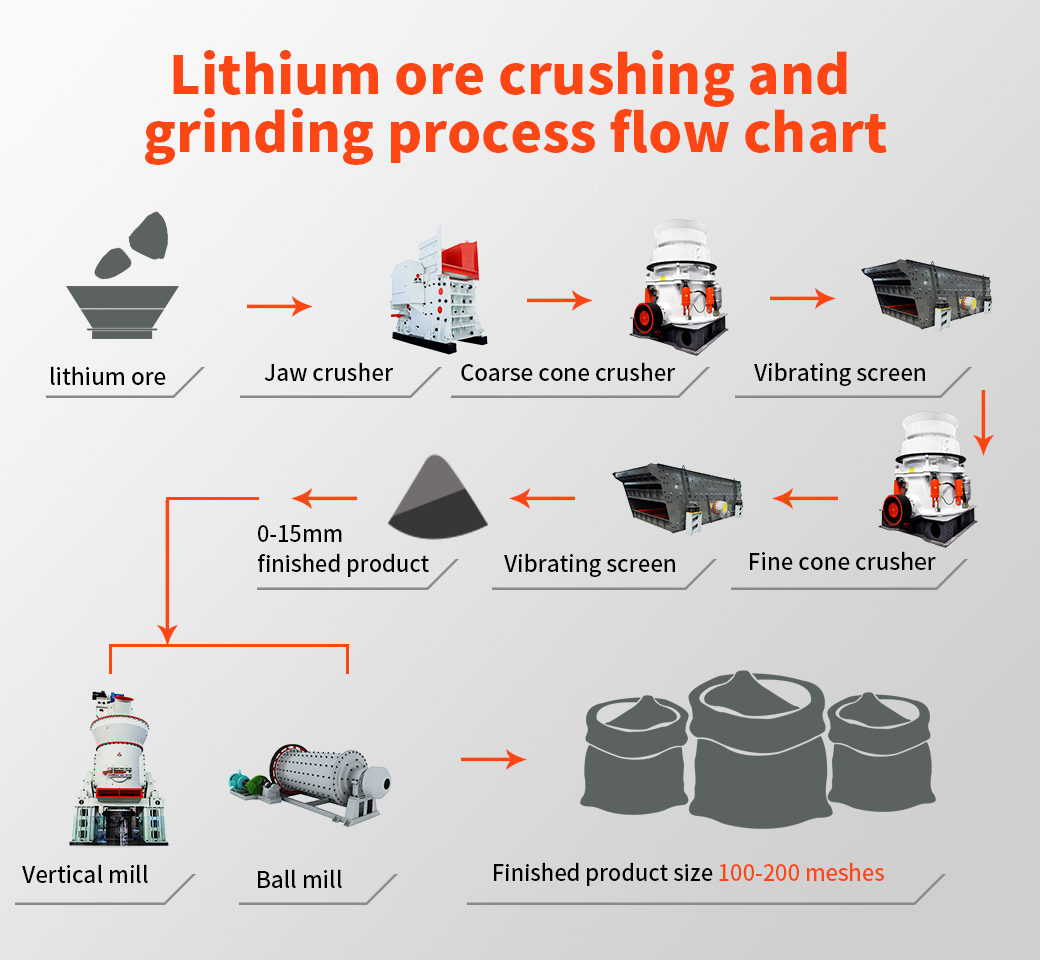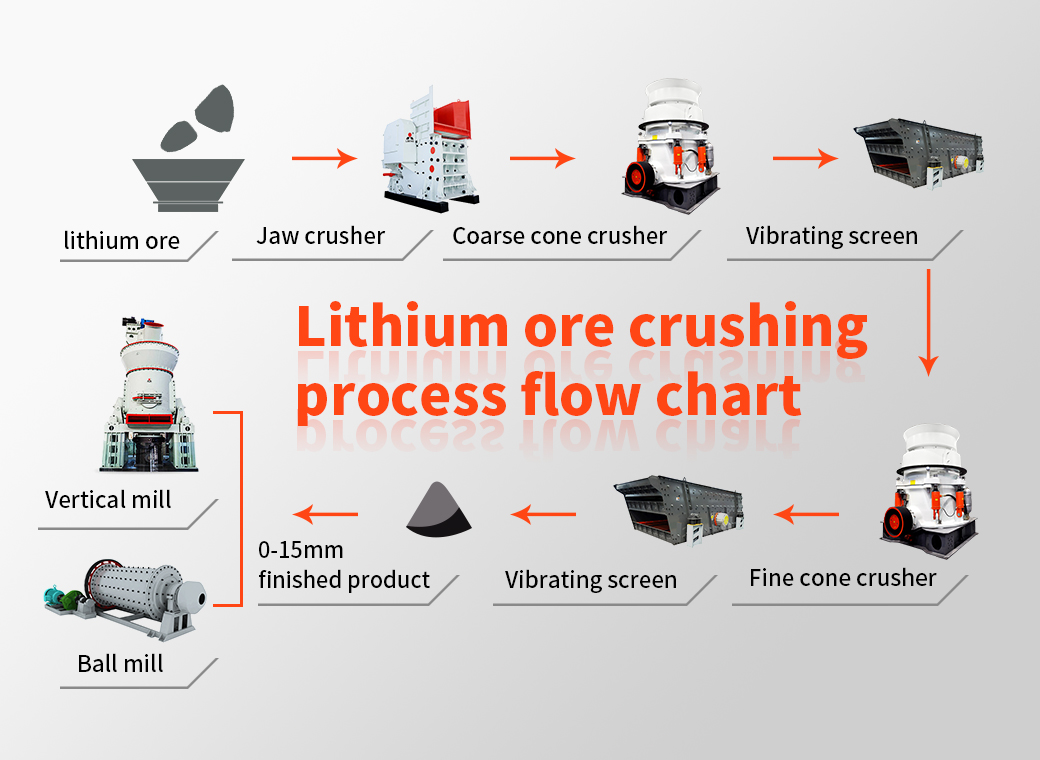Introduction to Iron Ore Flotation Machine
Welcome to our blog post on the fascinating world of iron ore flotation machines! If you’ve ever wondered how these incredible machines work and contribute to the extraction and processing of iron ore, then you’re in for a treat. In this article, we will delve into the working principle of iron ore flotation machines, explore their advantages and limitations, and provide some best practices for operating and maintaining them. So grab your hard hat and get ready to dive deep into the exciting realm of iron ore flotation!
The Process of Flotation in Mining
The process of flotation in mining is a crucial step that helps extract valuable minerals from their ores. It involves the utilization of chemicals and physical forces to separate the desired mineral particles from gangue or waste materials.

Working principle of iron ore flotation machine
The ore is crushed into smaller fragments and ground into a fine powder. This powdered ore is then mixed with water and various reagents such as collectors, frothers, and modifiers. These chemicals help promote selective attachment of specific minerals to air bubbles.
Next, air bubbles are introduced into the mixture through mechanical agitation or by injecting it directly into the flotation cell. The hydrophobic mineral particles attach themselves to these bubbles while remaining hydrophilic gangue particles sink to the bottom.
As the froth collects on top of the flotation cell, it undergoes further treatment to separate it from water and unwanted impurities. This concentrated froth containing valuable minerals can then be collected for further processing or sale.
Flotation offers several advantages over other methods used in mining operations. It allows for efficient separation of complex ores containing multiple valuable metals. Additionally, it reduces environmental impact by minimizing tailings production compared to traditional gravity-based methods.
However, there are limitations too. Flotation requires careful control of operating conditions such as pH level, temperature, and chemical dosages for optimal performance. It also requires significant infrastructure investment and operational expertise.
Flotation plays a vital role in modern mining operations by enabling economic recovery of valuable minerals from otherwise low-grade ores. Its continuous development and optimization contribute significantly towards sustainable resource extraction practices in today’s world



 Spodumene: According to the hard rock crushing process, the crushed product is generally 5-40mm, combined with different design requirements of customers, two-end or three-stage crushing, high-grade crushed products (above 4-5%) can be directly used in the metallurgical process to produce lithium carbonate Or lithium hydroxide, the particle size of the finished product is generally around 20-40mm; low-grade generally requires ball mill grinding and separation, and the particle size of the finished product is generally around 5-20mm;
Spodumene: According to the hard rock crushing process, the crushed product is generally 5-40mm, combined with different design requirements of customers, two-end or three-stage crushing, high-grade crushed products (above 4-5%) can be directly used in the metallurgical process to produce lithium carbonate Or lithium hydroxide, the particle size of the finished product is generally around 20-40mm; low-grade generally requires ball mill grinding and separation, and the particle size of the finished product is generally around 5-20mm;
